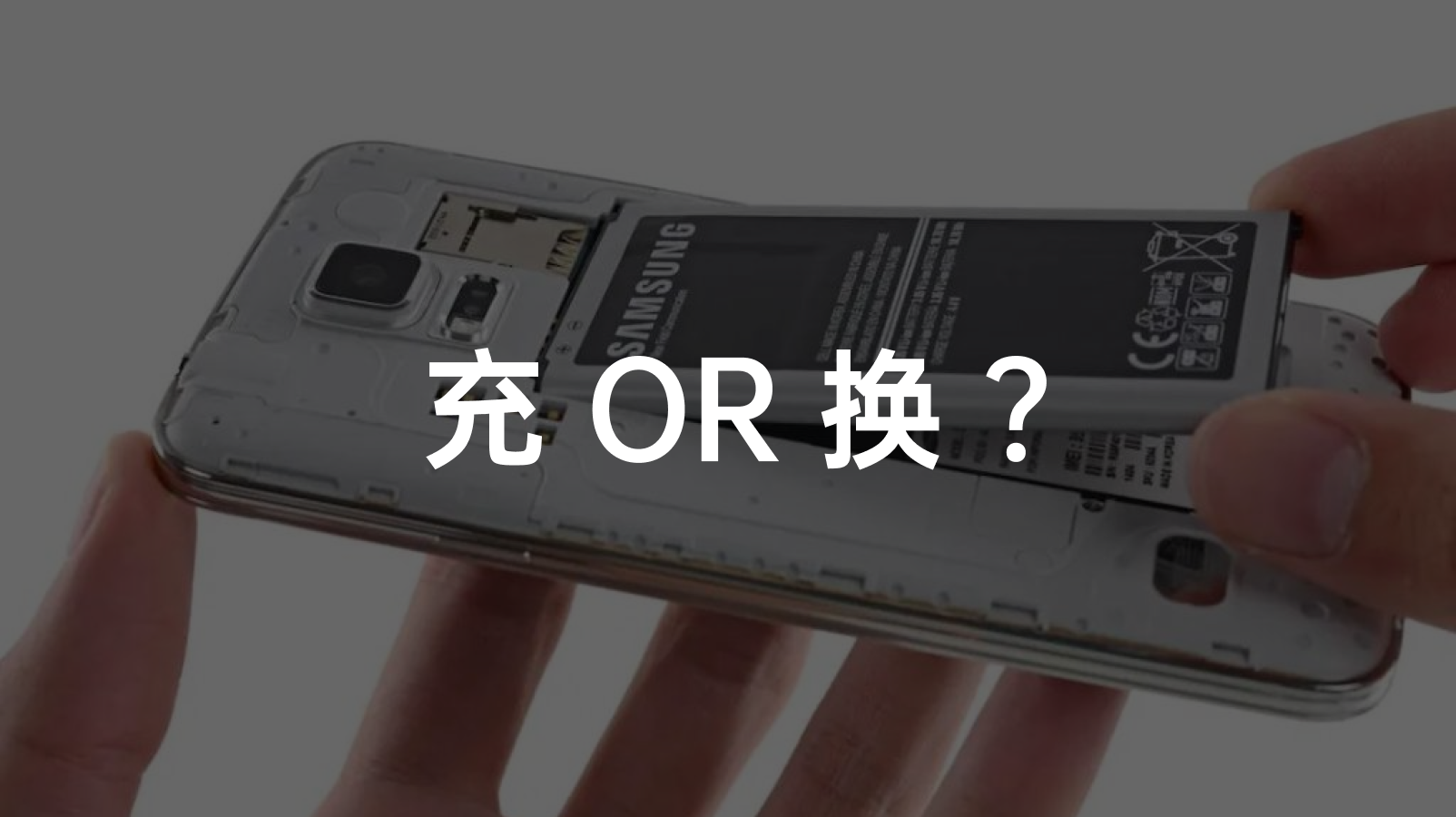On the evening of March 7th, Ma Lin, the Senior Director of Communications at NIO, responded to Tesra Tao Lin’s views on “battery swapping,” and a Weibo post went viral. Ma briefly elaborated on the significance of NIO’s battery swapping system for users, emphasizing its “rechargeable, interchangeable and upgradable” features.
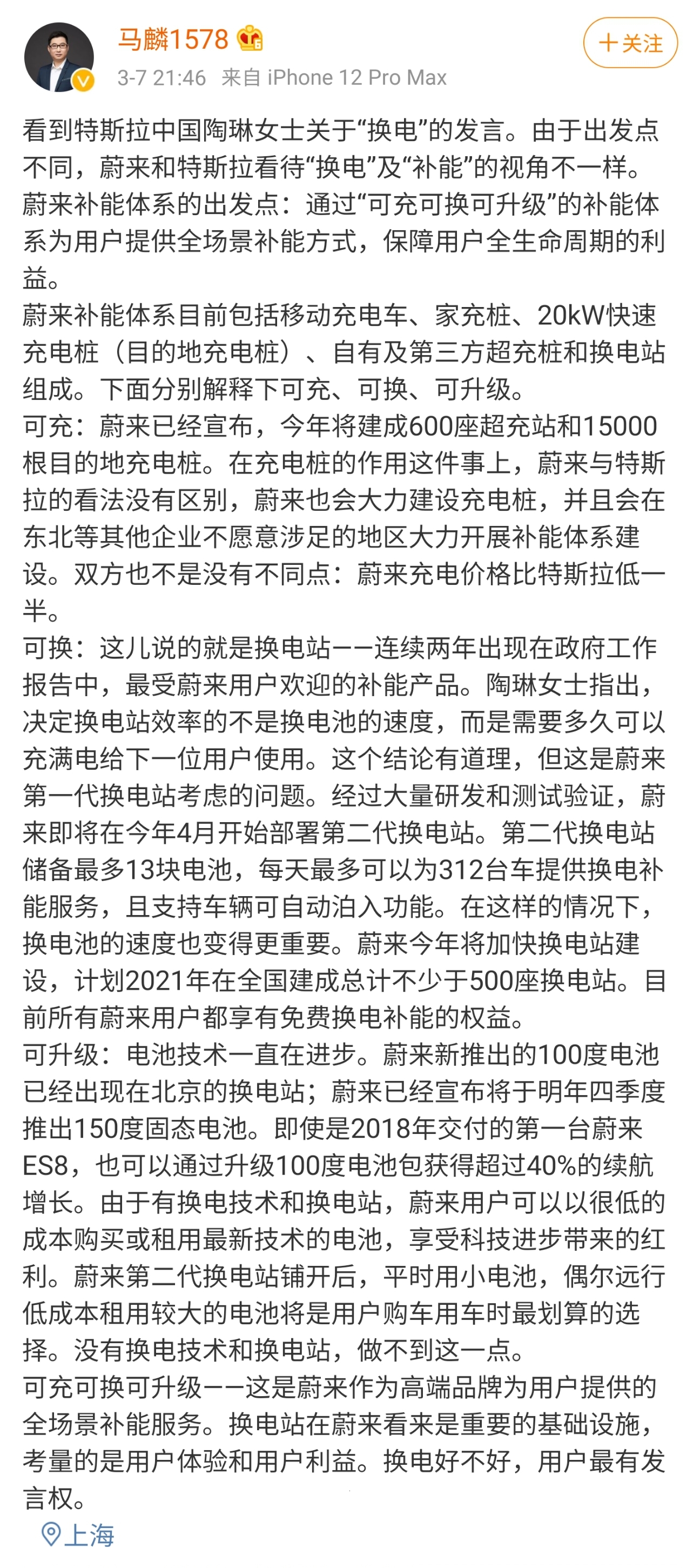
Most of the comments section supported these views, although there were also opposing opinions, and for a time the debate over “battery swapping” became heated.
Here’s the story
Earlier, under the business scope of Tesla (Shanghai) Co., Ltd, Tianyancha included a new energy vehicle battery swapping facility sales’ item. Later, Tesla’s relevant personnel responded to the media, stating that, “Tesla will not do battery swapping.”

On March 6th, as Tesla’s supercharging stations in China exceeded six thousand, Tao Lin expressed her views on battery swapping, “charging is the best way for large-scale and civilian electric vehicle’s energy supplementation.”
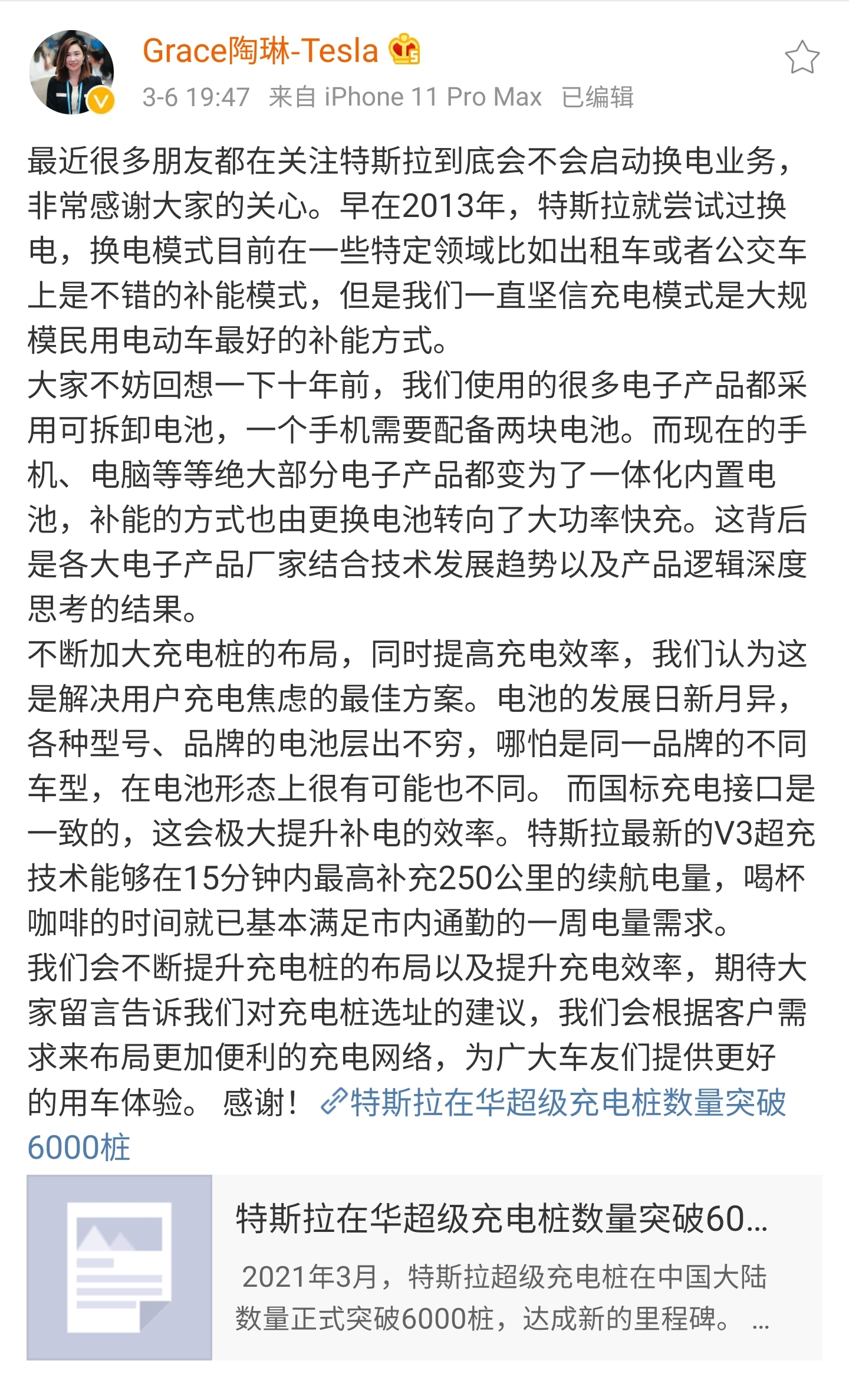
Tao also added that if one wanted to improve the efficiency of battery swapping stations under full operating capacity, you would have to improve the charging speed fundamentally. Taxis, buses and other vehicles with predictable demand and fixed routes are suitable for battery swapping, while civilians are convenient and stable for high-power fast charging.
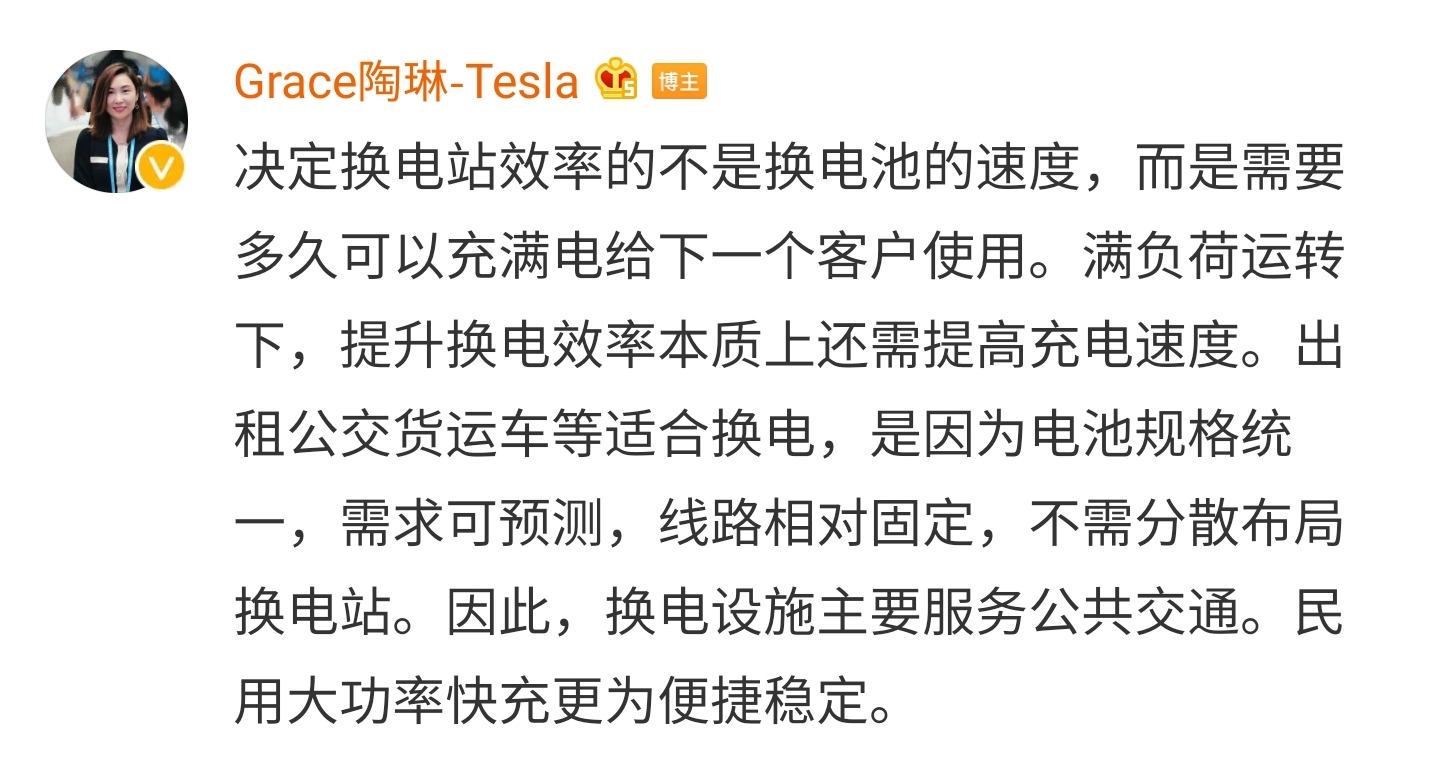
Many comments section expressed opposing opinions on Tao Lin’s views. However, I discovered that some appealing opposing arguments lacked logic, so I personally do not agree, except for one point, which is that “comparing phone battery swapping with electric vehicle battery swapping is problematic.”
An Analogy That Appears to Make Sense, But Falls Apart
Battery swapping for electric vehicles
Let’s talk about battery swapping for electric vehicles. The main reason for the emergence of this model is because there are still pain points with the experience of energy supplementation and battery degradation for electric vehicles, and battery swapping can theoretically solve these problems quite well.
Quick energy supplementation that takes only a few minutes or a direct battery replacement with low battery life, is undoubtedly an attractive option for electric vehicle users.
In addition, battery swapping for electric vehicles also has a very important role in prolonging the product’s life cycle.The announcement of NIO’s 150kWh battery at this year’s NIO Day in Chengdu created an uproar among the audience, not only because of the excitement surrounding the new product but also because of the cheers from many long-time NIO car owners.
The new 150kWh battery is compatible with all NIO models, including the first-generation ES8 delivered in 2018. After replacing the 70kWh battery with the new 150kWh battery, the estimated NEDC range for the old ES8 can reach 730km, while the same car with the 70kWh battery had a NEDC range of only 355km three years ago. This is a significant improvement.
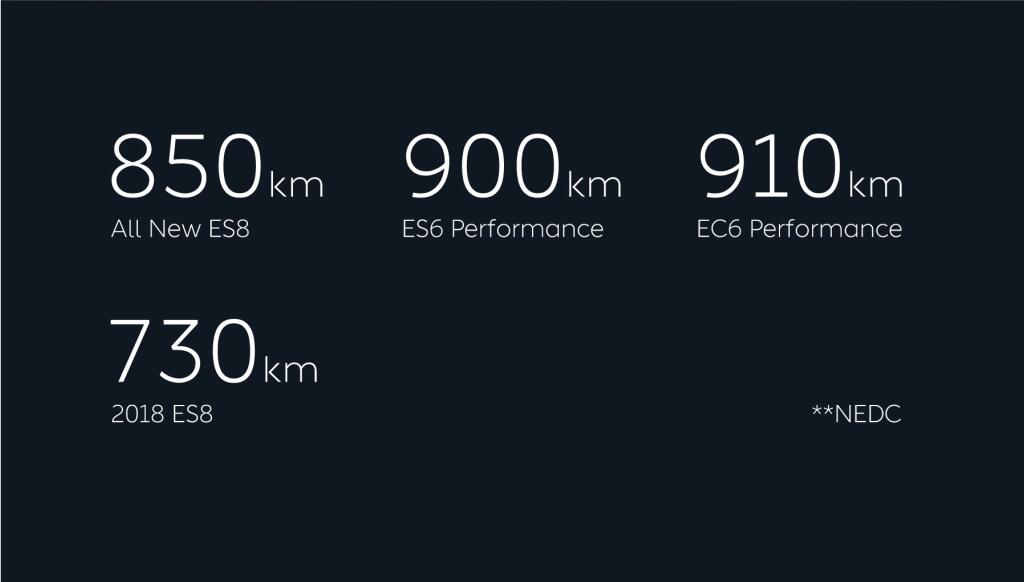
Battery swapping allows the most important yet rapidly iterating component in an electric car, the power battery, to keep up with the times. If you just want a car with a longer range, you can simply replace the battery rather than buying a new car. This is particularly important outside the battery-swapping energy replenishment system.
However, if we compare this to swapping batteries in a smartphone, we are mistaken.
Why was battery swapping eliminated from smartphones?
In 2007, the first-generation iPhone was released, and the groundbreaking design of an integrated body made it the thinnest phone at the time.
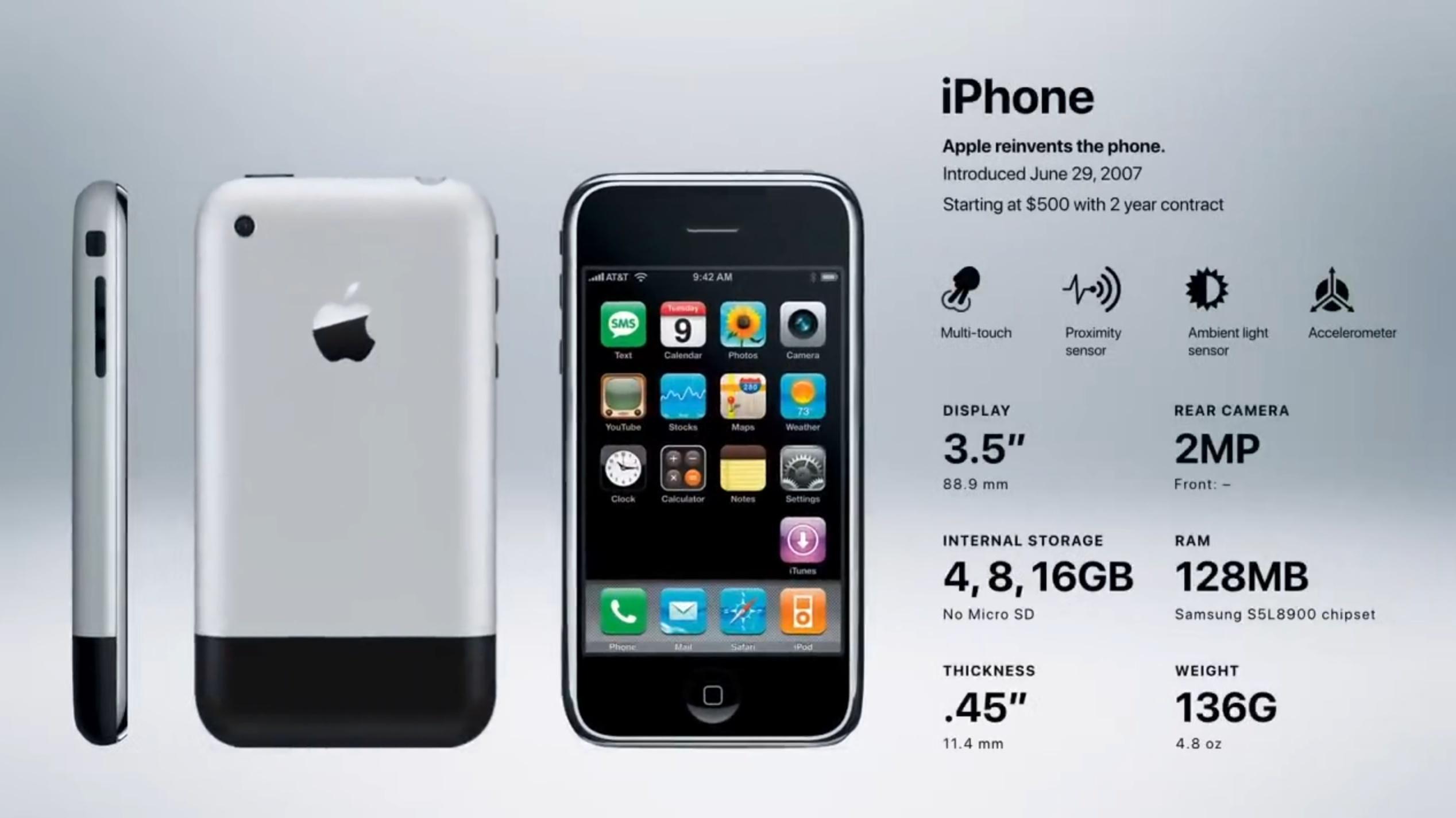
The integrated body design naturally made it impossible to swap out the battery. At the time, some people did complain about this design, but no longer in the post-iPhone world.
As Tao Lin said, abandoning battery swapping was “the result of the combined technological trends and deep thinking about product logic from major electronics makers.”
But what is this product logic and deep thinking?
If we remember the mobile phone industry back then, we can recall that more compact, lightweight designs were one of the industry’s trends at the time. A removable battery would make the phone thicker under the same circumstances, which could limit the overall design of the phone and conflict with the trend.
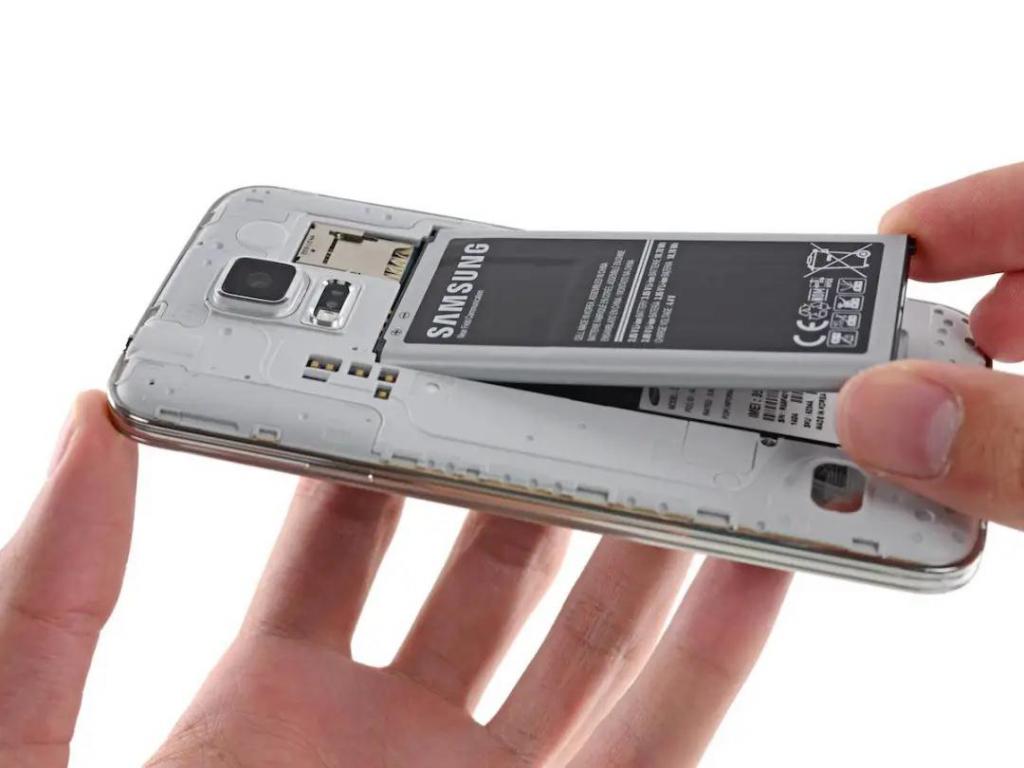
In this way, the integrated body products launched by iPhone and HTC were well received and promoted the entire industry towards an integrated body.The removable battery design that was abandoned in this process deprived the product of the ability to perform quick battery replacement. However, as charging speeds continue to increase and various scenarios for phone usage arise (such as using a mobile power bank while charging), the need for a shut-down-and-replace battery setup is becoming obsolete in the mobile phone charging environment.
But fundamentally, the core reason behind the shift from replaceable to rechargeable batteries in the mobile phone industry is not due to the improvement in charging speeds, but rather the trend towards integrated body design. Like many other industries, this is a change driven by demand. If modular phone design had been the dominant trend at the time, the replaceable battery feature would likely have been retained.
To draw a comparison, the replaceable battery feature of electric cars is somewhat equivalent to the processing unit that can be upgraded and replaced independently: you don’t have to replace the entire phone every year, you simply need to upgrade to the latest processor.
Viewing Charging and Battery Replacement from a Demand Perspective
For mobile phones, the shift from battery replacement to recharging is driven by the demand for an integrated body design. So, what demand is driving the development of charging and battery replacement for electric cars?
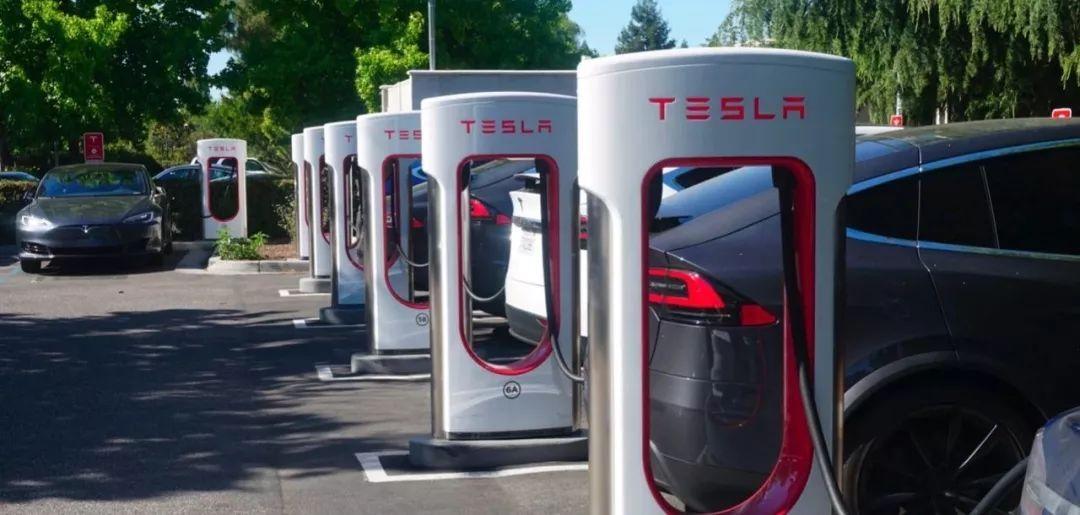
Some say it’s the need for faster energy replenishment, but I’d like to take a deeper look at it to say that it’s to reduce range anxiety. This demand can be broken down into two: one is for longer range, and the other is for more convenient energy replenishment.
Energy Replenishment: The Main Culprit of Range Anxiety
The main cause of range anxiety is the poor experience of energy replenishment, and the key factors affecting energy replenishment experience are the density of energy replenishment locations and the speed of energy replenishment processes. For a refueling experience that can reach the level of gas refueling – where energy replenishment is widely available and fast – neither charging nor battery replacement has reached that level yet.
Both charging and battery replacement need to improve energy replenishment by increasing the density of energy replenishment locations and improving the speed of energy replenishment processes.
To increase energy replenishment density, both charging and battery replacement need to build more stations. But they differ in terms of improving energy replenishment speed.
To speed up charging, the overall charging power at the hardware level must be increased. To speed up battery replacement, the efficiency of the battery replacement system must be improved.
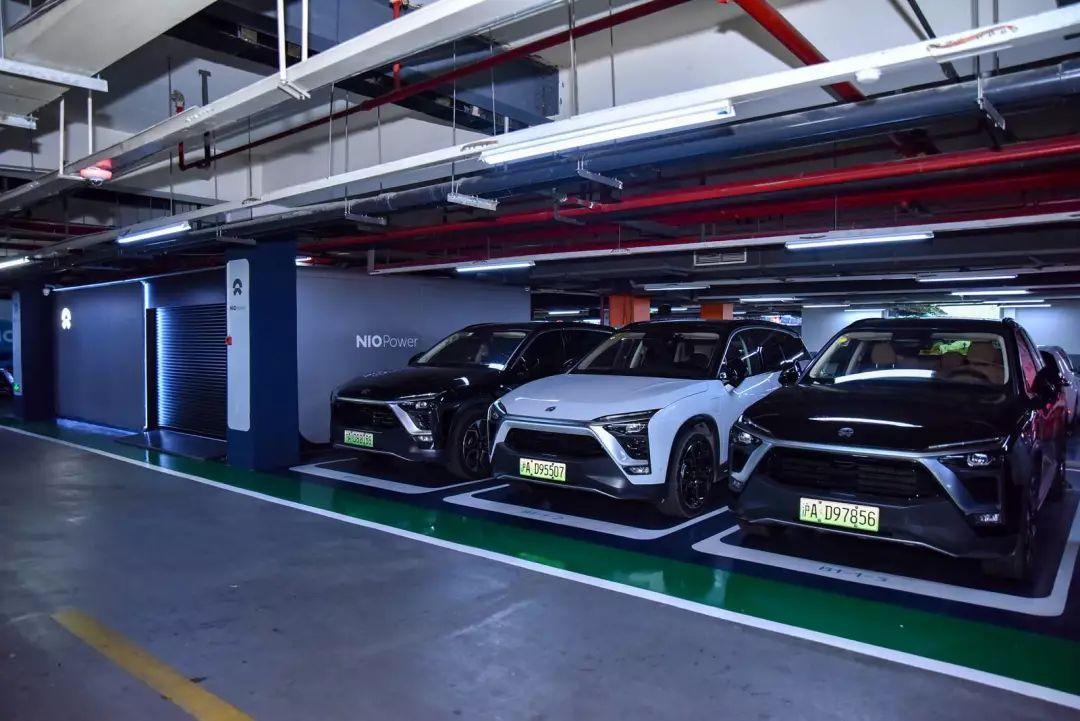
In theory, battery replacement is nearly as fast as refueling. However, Nio’s battery replacement service has not reached the “X minutes” level in practice because there are limited battery stations and fewer batteries per station, resulting in long waiting times, or even waiting for the batteries to charge again. Imagine if you go to refuel your car and the gas station has run out of gas, and you have to wait for the tank truck to refill the gas station.
However, increasing the capacity of individual battery replacement stations can improve this issue.NIO plans to launch the second-generation battery swap station this year, which has 13 batteries compared to 4 batteries in the first-generation battery swap station. The theoretical service capacity and efficiency have been significantly improved. NIO’s data shows that the highest number of battery swaps completed in a single day is 312.
In recent rumors, NIO has reached a strategic agreement with Sinopec. NIO’s battery swap stations will be built in Sinopec gas stations in the future. The first second-generation battery swap station will be launched on April 15th at a Sinopec gas station in Beijing.
On the other hand, Tesla, as a representative of high-power fast charging, has also made very rapid progress in the construction of Superchargers. As of March 6th, Tesla has more than 760 Supercharger stations and 6,000 Supercharger connectors in China. On February 3rd, the 250 kW V3 Supercharger produced by the Tesla Shanghai factory officially came off the assembly line. The charging capacity of the Shanghai factory’s chargers is 10,000 units this year, most of which are V3.
In the foreseeable future, the recharging and battery swapping experience will continue to improve. From the perspective of reducing range anxiety and improving recharging experience, there is no problem in both recharging and battery swapping.
As for the range, it is related to the battery and also to the consistency of the battery pack’s external structure for battery swapping. Tesla pursues the ultimate design for each vehicle model to fully utilize the chassis space, creating the best specialized design for each model. If standardized battery packs are used, this aspect will be limited. The NIO swapping system requires the battery pack to consider consistency and may have to compromise on specialized adaptation for different vehicle models, but the upgrade of the battery pack can benefit more product lines.
If we look at it from the perspective of demand, both kinds of demand exist. The actual difference between the representative universal solution for battery swapping and the representative specialized solution for integrated design, which represents one body, will be the key to whether battery swapping can continue-at least until the battery capacity in the industry has not developed to the point of “more is useless.”
NIO’s 70-degree battery and the 150-degree battery that has been released but not yet launched can still be compatible, and there is no problem in the short term, but it is difficult to say what the situation would be in five years.
In addition, the role of the battery pack is not just to hold batteries. Tesla’s CTC battery pack integrated chassis, which was launched at Battery Day last year, combines the battery pack and the chassis into one component. Not only does it contain more capacity batteries and improve the mechanical performance of the chassis, but it also reduces the overall number of parts and lowers the manufacturing cost.
However, due to design incompatibility, while the new Tesla products are stunning, the old products have become obsolete. A few years ago, the Model S was unable to extend its lifespan simply by replacing the battery like the old ES8, as it was stuck in the embarrassing situation of being unable to upgrade its battery.
Therefore, the range of products in the electric charging and swapping system also has different “strengths” over the entire lifespan.
In conclusion
Tesla and NIO are both representative companies in today’s new energy industry, and they each have their own considerations regarding charging and swapping. Some people may say that Tesla tried battery swapping in 2013, but abandoned it due to low operating efficiency, concerns about limiting the development of subsequent models, etc. It doesn’t make sense to take the technology route that Tesla has already denied.
What I want to say is that there are too many influencing factors for whether a business model can succeed. The same road may lead to different destinations.
As for technology routes, no company has ever been able to definitively determine the right or wrong for all technology routes. Even the strong Apple has abandoned its 3D Touch, and the under-screen fingerprint recognition, which it once overlooked, has now replaced facial recognition as the mainstream unlocking solution in the industry.
At this node where there is still a lot of room for improvement in both charging and swapping, there is really no need to persist in discussing the right or wrong of charging and swapping.
Isn’t it ridiculous to judge which child has potential in kindergarten? In my opinion, we should really compare which child learns and grows faster.
This article is a translation by ChatGPT of a Chinese report from 42HOW. If you have any questions about it, please email bd@42how.com.
